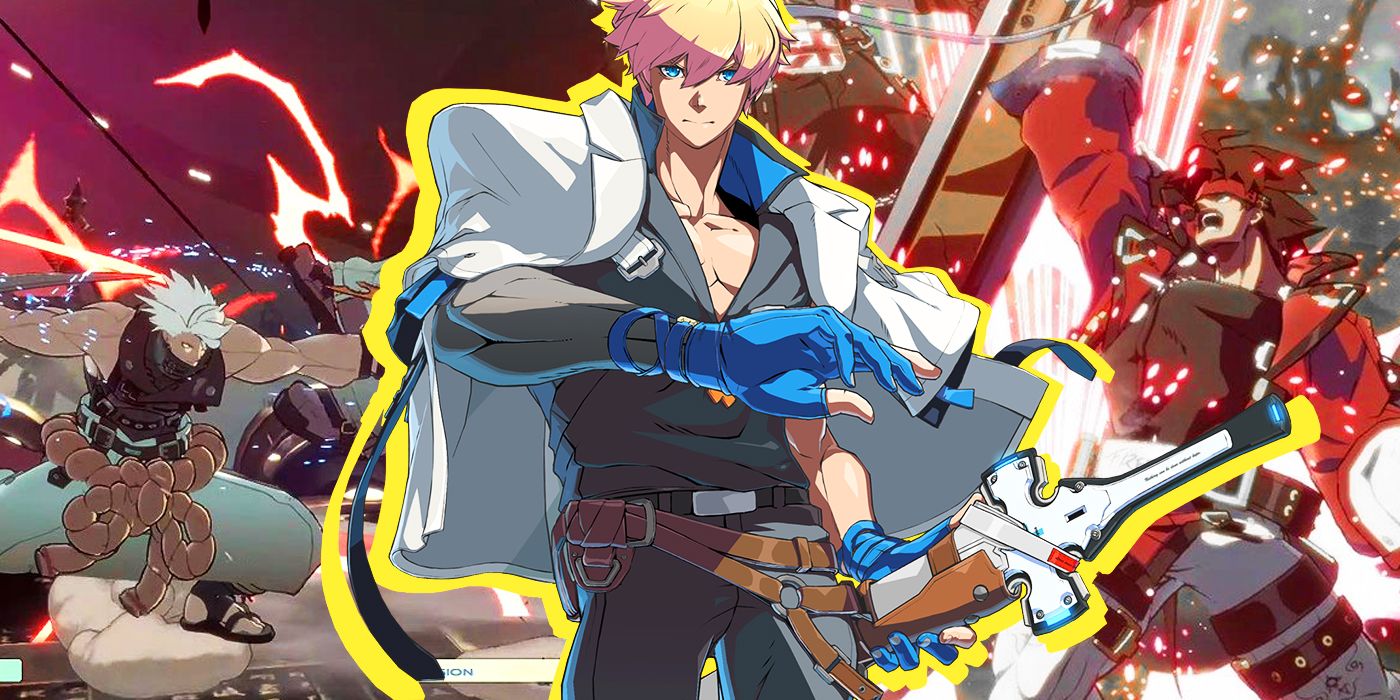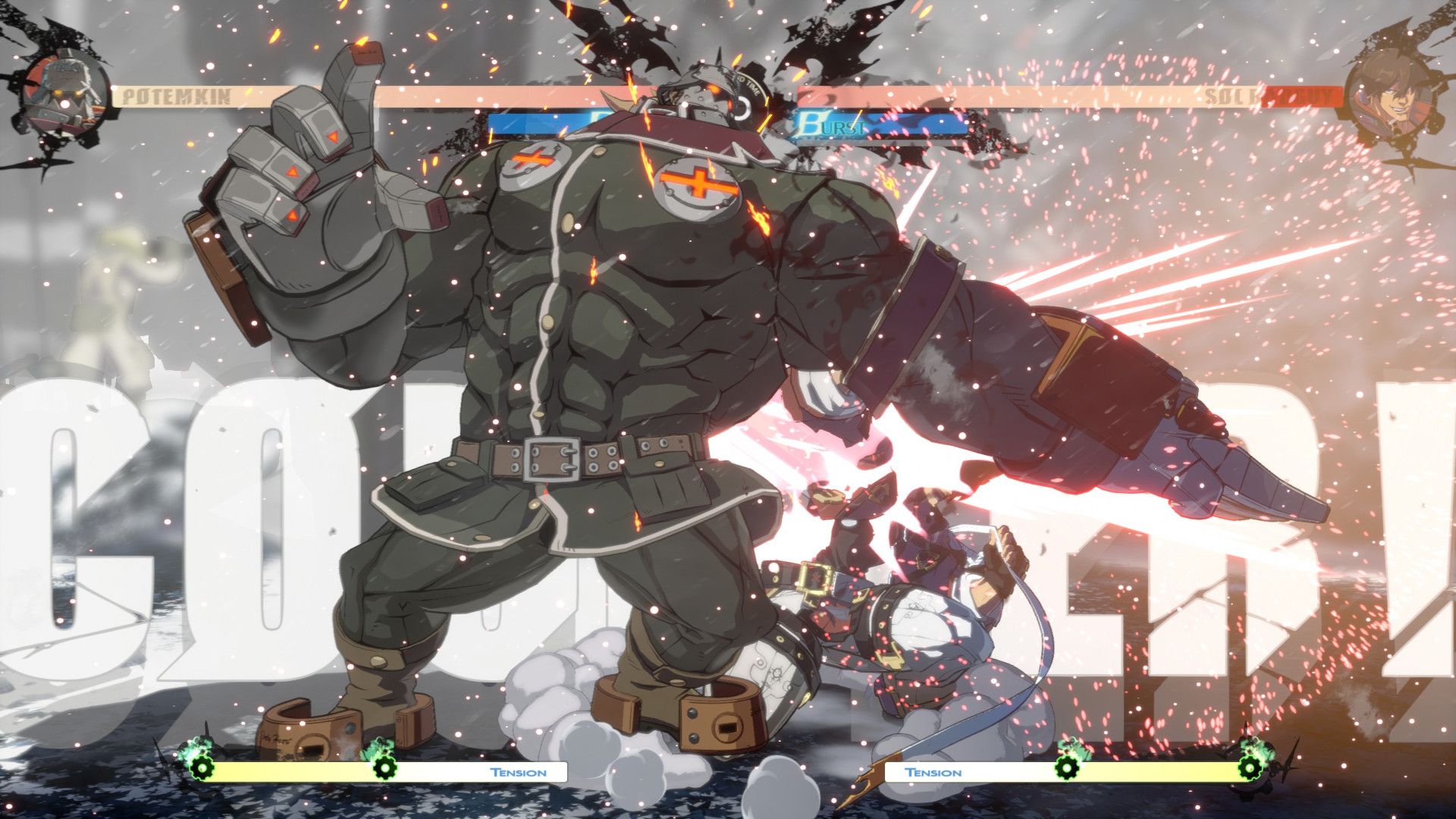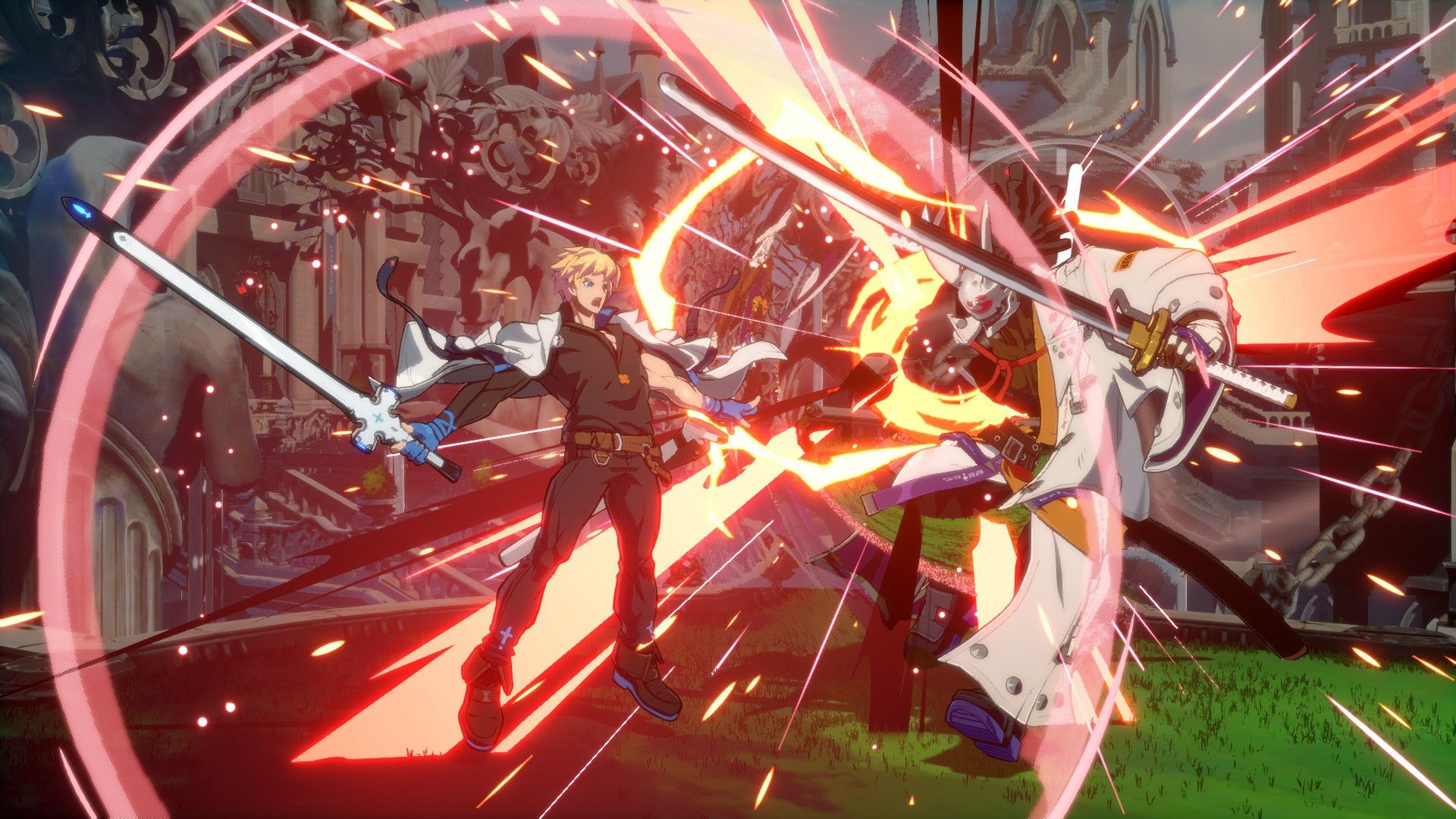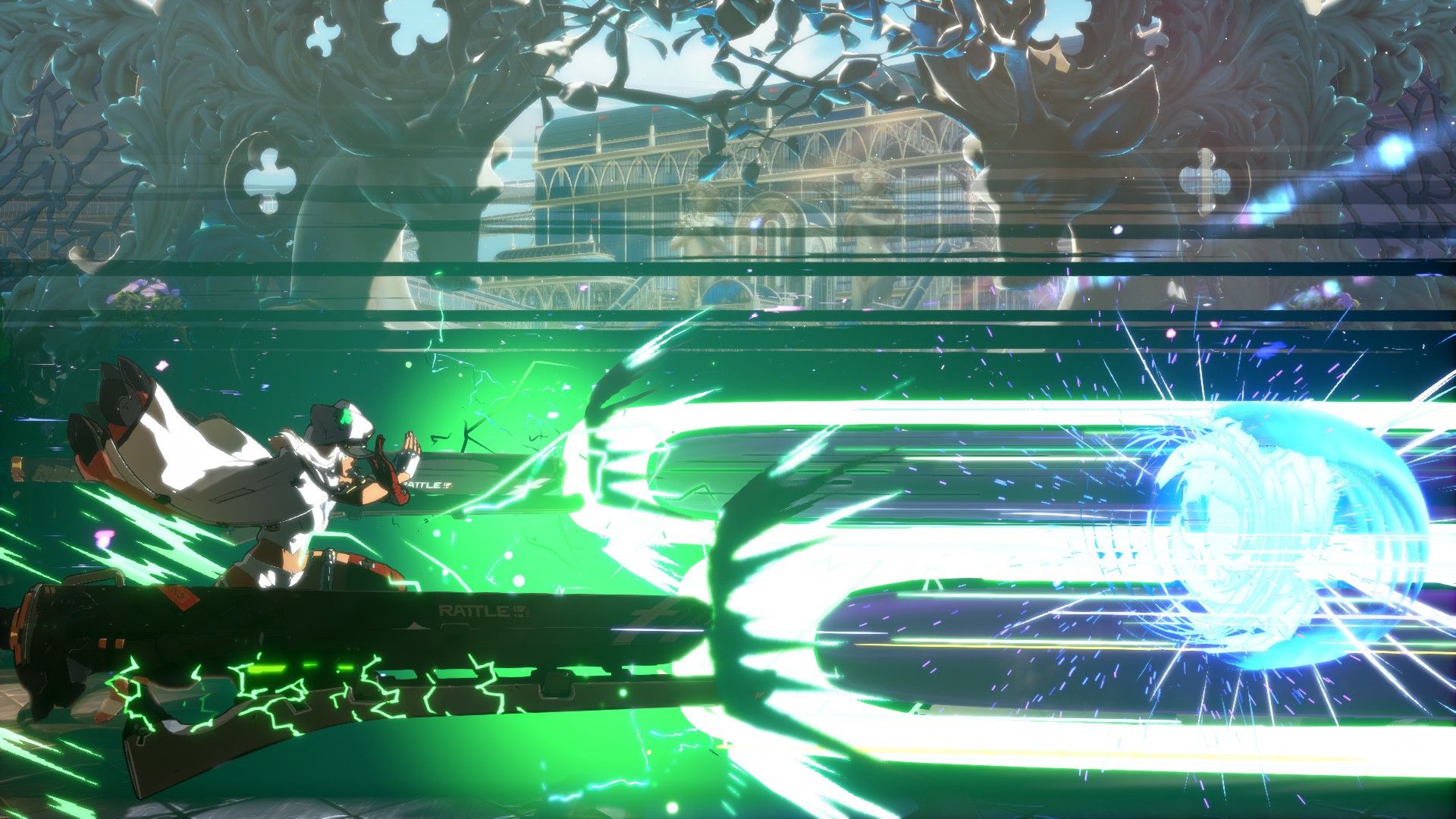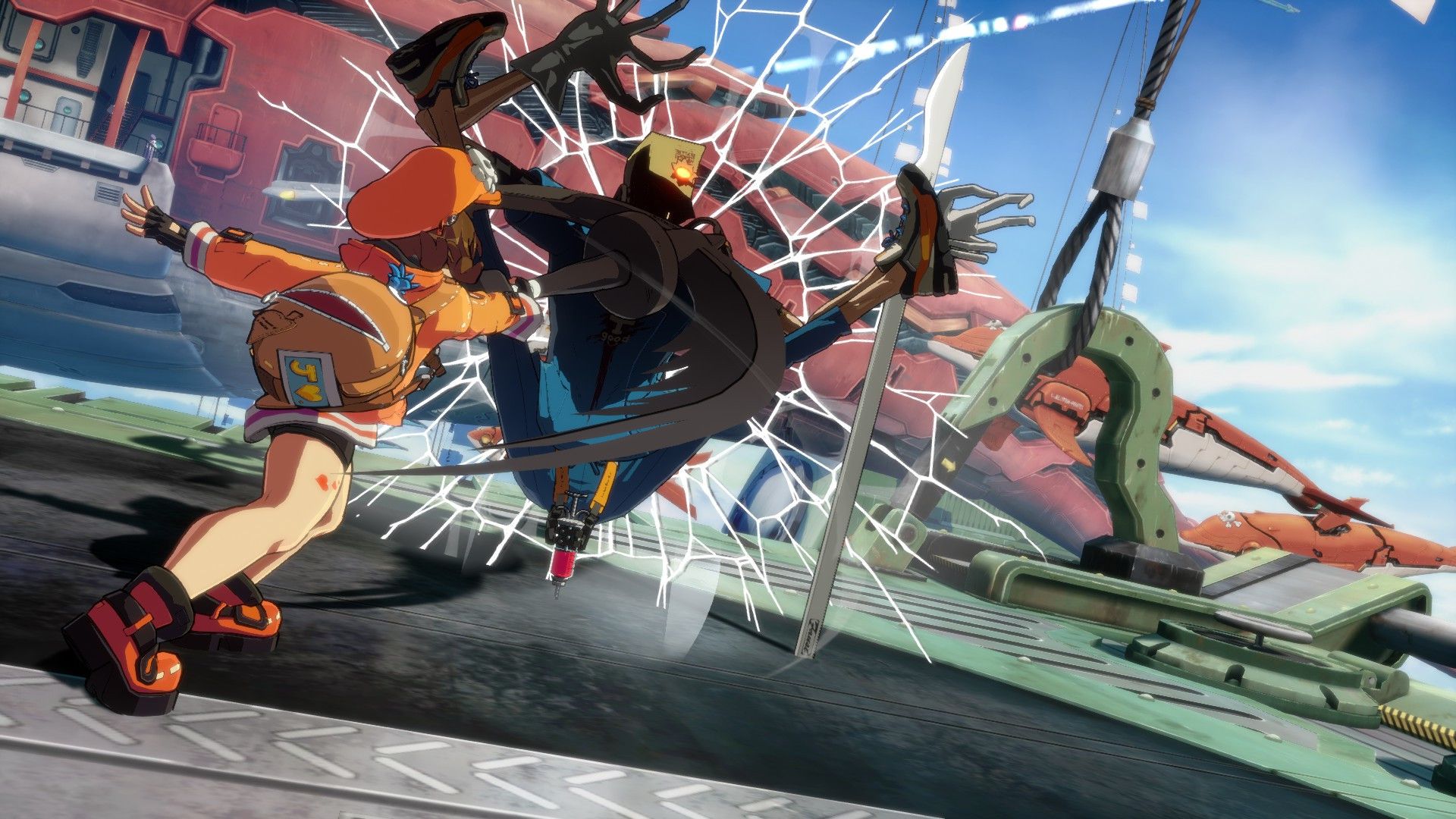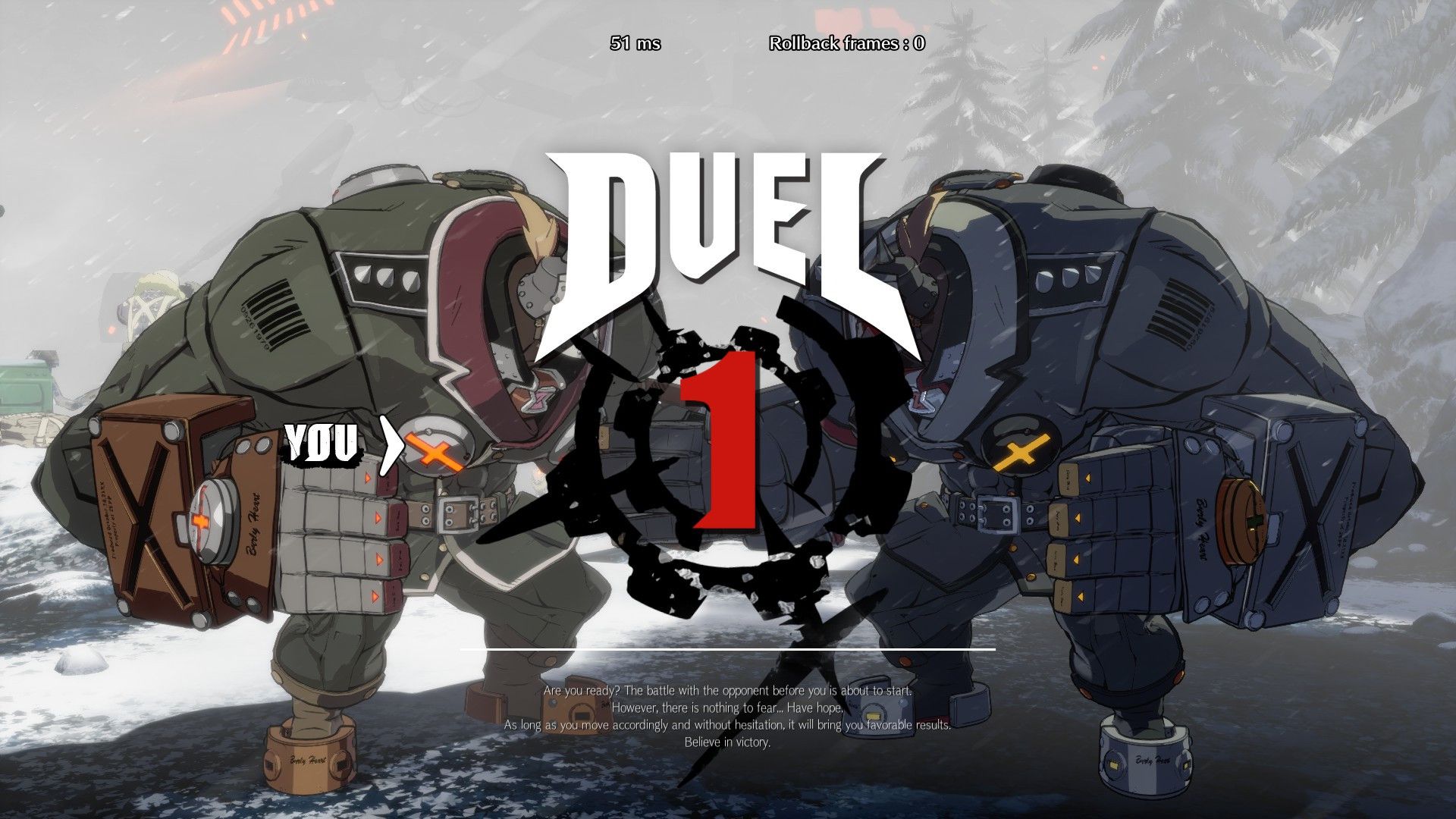The long awaited Guilty Gear Strive is out and is even better than players were expecting. Guilty Gear Strive is the eighth mainline game in the Guilty Gear series and has garnered a renewed following from both fans new and old due to its beautiful graphics and sharply honed fighting system. However, picking up the game may seem daunting.
Even with its long history, the combat was developed to be more accessible to beginners and yet still familiar to veterans of the series. Therefore, expect to see lobbies full of eager players. However, striving to be the very best is no easy task, especially for those new to the whole fighting game genre. For those looking to get better at the game, or just need a refresher, consider the following tips.
Don't Mindlessly Button Mash in Guilty Gear Strive
Although it's tempting, please do not randomly press buttons in matches. Mashing can lead to many unfortunate accidents, with the most devastating accident being taking a Counter-hit. If a player whiffs an attack, the opponent gets the opportunity to punish the mistake. If the opponent punishes correctly, the victim will be put in the Counter-hit state, which doubles the amount of hit-stun done to the victim. Essentially, the player punishing is rewarded with extended combo time and can go into follow-ups that would not be possible on a normal hit.
If players land a hit, it's still not a good idea to pound the controller and hope for the best. This is mostly due to Strive's new combo system, which no longer supports the previous Gatling progression. In previous games, players could start with a weak attack like P and progress into K, S and HS. This is no longer the case in Strive, which focuses less on five-minute long combos and more on playing neutral. In this way, Strive might be more similar to Street Fighter than Dragon Ball FighterZ. Thus, new players should learn early which moves work together and which moves don't. Training mode is a great way to discover links between attacks.
Learn the System Mechanics in Guilty Gear Strive
Strive has a plethora of system mechanics that make it unique compared to other fighting games on the market. Learning what these mechanics are and when to use them is pivotal. One of these mechanics that has been a staple in previous Guilty Gears is the Roman Cancel. There are four different Roman Cancels and each one costs half a bar of Tension (Strive's version of meter). The Red Roman Cancel can be performed when a player has successfully landed a hit on the opponent. After activation, the opponent will be launched upwards and slowed down, allowing the initiator to follow-up with attacks that normally wouldn't connect.
The Yellow Roman Cancel can only be performed when the player is blocking. Upon use, the player sends out a shock wave that stops the opponent's pressure. It's a useful substitute if the player doesn't have Burst available. The Blue Roman Cancel is only available when the player isn't attacking or blocking. If it connects, the opponent will be slowed down for a period of time, allowing the player to approach however they want. Consider using it during jump-ins before an opponent attacks.
Finally, Purple Roman Cancel is used as a safety measure or a feint. If players want to abort the start-up of a move or remove recovery frames, they can use Roman Cancel to reset themselves. Keep in mind that not all moves can be Purple Roman Cancelled. For example, meter-less reversals like Ky's Vapor Thrust cannot be Purple Roman cancelled. For more in-depth explanations of these mechanics and more, try the Mission Mode in the Strive Dojo.
Faultless Defense is a Key Technique in Guilty Gear Strive
Faultless Defense is important enough to get its own category. Players can perform Faultless Defense by holding two attack buttons while blocking. Players will see a green shield surround their character if they're using Faultless Defense. FD is a major part of defense because it pushes the opponent away further compared to normal blocking. By creating additional space, players can go back to neutral or punish overextended attacks. An added bonus of FD is that it will negate any chip damage done to the player. This is especially useful during low-life situations, as characters can die to chip damage in Strive. However, Faultless Defense is not free and requires Tension to activate. Thus, only use Faultless Defense when necessary, otherwise players may find themselves empty-handed when on the offensive.
Learn how to Break Walls in Guilty Gear Strive
In most fighting games, being in the corner is the last place you want to be. In the corner, players have limited options to escape, and opponents can land heavy damage combos due to wall-bouncing. Strive alleviates this issue by having the wall break during corner assaults. If a character is hit in the corner, the wall behind them will slowly crack based on the damage done. When the wall is one hit away from breaking, the character will noticeably stick to the wall. Any additional hits will send them flying towards another part of the stage. While it may seem like an easy way out for the victim, the attacker will briefly gain a Positive Bonus. Positive Bonuses come with a number of benefits, namely free Tension gain, 10% more damage done and 10% less damage taken.
Play Guilty Gear Strive with an Ethernet Cable
Strive is one of the few Japanese fighting games that has adopted the Rollback system of netcode. Previous fighting games utilized a delay-based connection which had widespread latency issues. While latency issues in any game are rage-inducing, they're especially fatal in fighting games, as the wrong input at the wrong time could spell death for a player. Thankfully, Rollback minimizes lag and allows for a much smoother experience overall. However, even the presence of Rollback will not fix a bad Wi-Fi connection. To ensure a lag-free match, players should still utilize an Ethernet cable for maximum connection speed.

